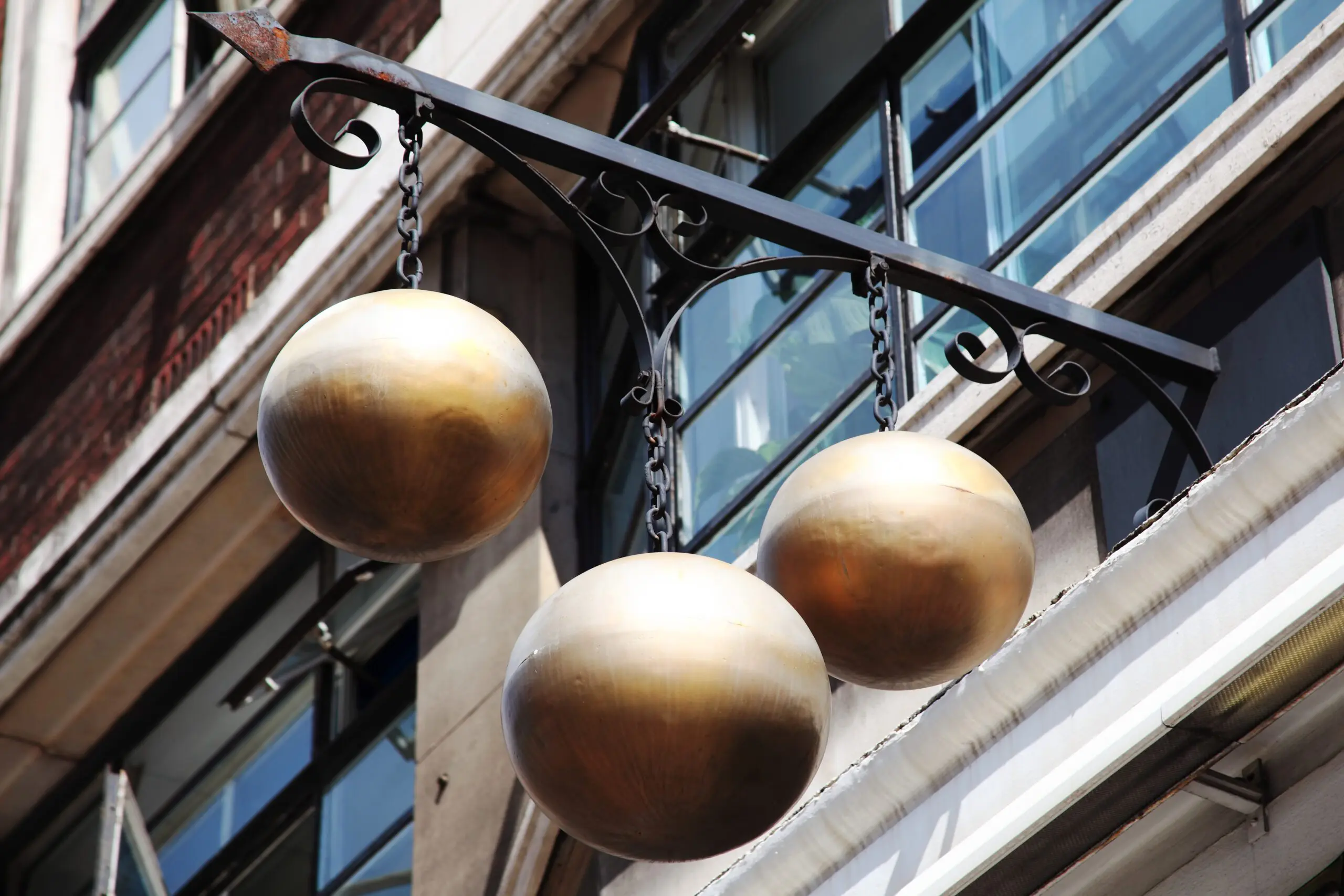The House of Medici is one of the great houses of old Italy. Like the Borgias, we usually have an understanding of what went along with being a Medici, but only a few of us would be able to sum it up in a nutshell.
It doesn’t matter when you plan to use your newfound Medici knowledge – what’s important is that it’s ready to go when you are…
The Medici family had fingers in many pies: politics, banking the Catholic Church. A Tuscan family, they rose to a position of great power in Florence, eventually setting up the Medici bank – but how did they get there, where are they now?
On the way up…
We first find the Medicis mentioned in a document from 1230. The Medici is the plural form of the Italian word ‘medico’ or doctor, so they could maybe add medicine to their skills, even if it was ‘way back in the day’.
Like most clever game players, the Medici family secured their place in society with smart relationships; whether it was marriage, business partnerships or strategic alliances.
Averardo di Medici is the founding father of the Medici dynasty that we still talk about today – it was his son, Giovanni di Bicci de’ Medici, who created the Medici Bank. He secured support for the political arm of the family through the introduction of a proportional taxing system. It’s clear to see just how powerful the Medicis became. Giovanni’s son Cosimo, took the bank over in 1434, with the title gran maestro, as the Medici became unofficial heads of state of the Florentine republic. Pretty influential, huh?
Three generations of Medici ruled Florence successfully for most of the 15th century, but when Lorenzo di Medici died in 1492, his son Piero lost control within two years fled into exile, leaving a republican government to assume Florentine power.
A cousin of the wayward Piero, confusingly also called Piero, had a short spell in power in the 1460s. He was a sickly man who made little impact in Florence. However, his son, Lorenzo, was more active in Florentine politics. Consumed with the business of leading a city, he left the bank to look after itself – which it did very badly. The Bank of Medici was now on a one-way course to ruination. Still full of ambition for the Medici family name, he made sure that his children were in a strong position. Piero II followed him into government, Giovanni was placed in the church rose through the ranks to become Pope, while his daughter Maddalena married well to a son of Pope Innocent VIII.
Trouble lay ahead with an attempt to assassinate Lorenzo during the Easter church service of 1478. Lorenzo was injured, but his brother, Giuliano was killed. Rival banking families, the Pazzis Salviatis, lay behind the attack. With friends in high places, the Pazzis Salvatis had asked Pope Sixtus for approval. Although he did not give his approval, Pope Sixtus was happy for the attempt to proceed, he gave dispensation for crimes carried out in the service of the church.
It seems Lorenzo did not learn from the lessons that history can teach us. The unfortunately named Piero took after his similarly named ancestors. When he assumed power after his father Lorenzo’s death, he managed to get the whole family expelled from Florence expulsion of the Medici from 1494 until 1512.
The Medici influence lasted into the 15th century in Florence, which concerns in leadership, manufacturing – including a form of franchises – wealth, art, cultural patronage, with many Popes coming from the Medici family. The Medici bank also grew strong again, it is said that at least half, probably more, of Florence’s people were employed by the Medici.
Although the two Medici Popes held strong in both Rome Florence, they remained unable to stem the flow of Martin Luther’s ideology the Lutheran church was born. With strategic marriages, the Medicis infiltrated not only the French royal family but also the Spanish Austrian monarchies.
In spite of all attempts at economic growth prosperity, the population of Florence at the start of the 17th century was a mere 75,000, far smaller than the other capitals of Italy: Rome, Milan, Venice, Palermo Naples.
In the mid-1600s, Grand Duke Ferdinando was a strong patron of new technology with the installation of hygrometers, barometers, thermometers, telescopes in the Palazzo Pitti. By the time of his death in 1670, the region was in financial ruin in a decrepit state.
Walls come tumbling down
Cosimo di Medici ruled Tuscany with a rod of iron, persecuting the Jewish population] imposing debilitating taxes. Despite strategic marriages with France, a lack of male heirs a lack of treasury funds signalled the end of the Medici dynasty. With complex rules regulations over who actually owned each part of Tuscany, Cosimo III died without a clear heir, even with the support of Great Britain, France the Dutch Republic. After some very bad behaviour from all involved, Francis III of Lorraine became the nominated heir the holding Spanish troops were replaced by Austrians in January 1737.
Sense prevails?
Medici Anna Maria Luisa signed the Patto di Famiglia on October 31, 1737, willing all the personal property of the Medici to the Tuscan state, provided that nothing was ever removed from Florence. Anna Maria Luisa lived in the Pitti concerned herself with completing the construction of the Basilica of San Lorenzo, started in 1604 by Ferdinando I de’ Medici. Giving much of her money to charity, she died on 19 February 1743, taking the Grand Ducal line of the House of Medici with her. Revered by The Florentines, she was buried in the crypt of the San Lorenzo.
Not quite the end of the story, the first Grand Duke of the new dynasty, Francis I, was a great-great-great-grandson of Francesco I de’ Medici, which continued the Medicean Dynasty on the throne of Tuscany through the female line. Tuscany became a province of the United Kingdom of Italy in 1861. If you want to see what the Medici of today look like, take a look at the Princes of Ottajano, the Medici Tornaquinci, the Verona Medici Counts of Caprara Gavardo.
So, after all that, should we be grateful to the Medici?
Well, it does rather look like they did just as they pleased, but they were huge sponsors of art architecture, making Florence one of Europe’s brightest jewels. The Basilica of San Lorenzo, artists Donatello Fra Angelico, Michelangelo, Leonardo da Vinci can all thank Medici support.
Arts patronage was not straightforward in a sometimes puritanical world. Dominican friar Girolamo Savonarola warned Florentines against excessive luxury, urging Florentines to destroy great works of art. They did just this in the Bonfire of the Vanities (February 7, 1497). Florentines rebelled against this treatment of art, burning the Friar two supporters just over a year later at the site of the original bonfire.
Surviving Florentine Medici art can be viewed in the Uffizi museum in Florence. The Uffizi Gallery, the Boboli Gardens, the Belvedere, the Palazzo Medici Medici Chapel can all count on Medici influence. Medici Popes continued their strong arts patronage in Rome. Pope Leo X commissioned works from Raphael, while Pope Clement VII commissioned Michelangelo to paint the altar wall of the Sistine Chapel just before his death in 1534.
Explorer Galileo Galilei, tutored generations of Medici children, when accused of heresy by the Spanish Inquisition, the Medici family provided Galileo with a safe haven.
The Medici Bank was one of the most prosperous respected institutions in Europe, with the development of the double-entry bookkeeping system for tracking credits debits accredited to the Medici family.





